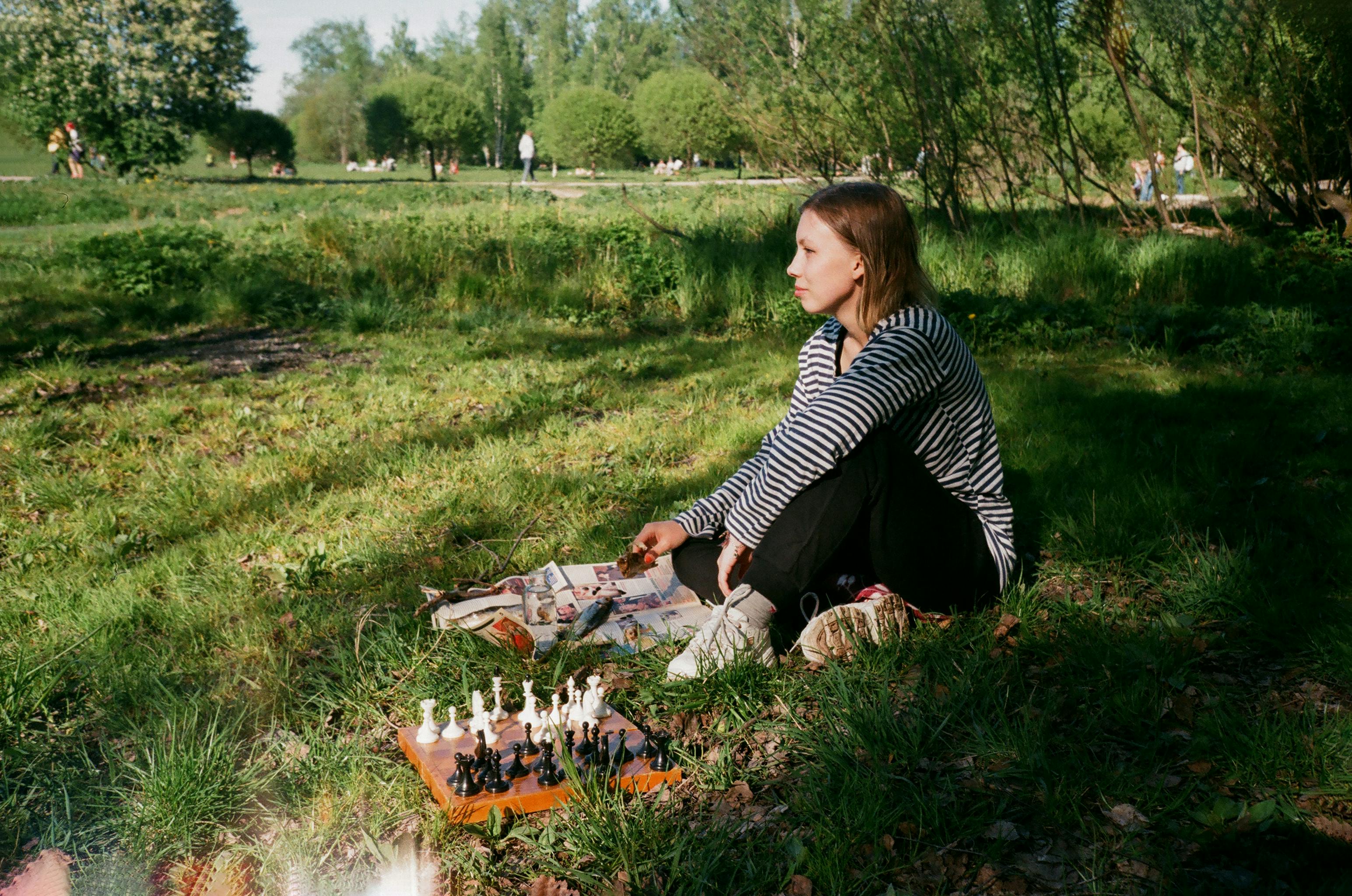Run Run Run. React to this, react to that How can you be effective when you are continually drawn into situations? You want a way out and you think the solution is to be proactive. But how? And what does it mean? Are you now simply putting pressure on the same people and situations that used to attract you? And how can you tell if you are going in the right direction?
Being reactive implies that your action begins after the fact; acting in response to a stimulus or situation, as if simply waiting for something to happen. I don’t think this is the case. I usually feel reactive when hit with something I didn’t anticipate.
The other tactic is to be proactive, which implies that your response precedes action. Creating a solution before you are asked to have one. Anticipate what is needed and have it ready. This seems like a great position to be in; however, you need to know what to be prepared for. You cannot anticipate everything. The important question is how to be selective.
What does it mean to be reactive or proactive?
A little analysis will show something about these two tactics or styles of entrepreneurial effort.
Benefits: When you are reactive, you know that there is a situation that requires action. Unfortunately, it usually takes the right action before you know it, so now you need to take corrective action: clean up the mess or stop the leaks. A proactive tactic can prevent problems or anticipate a request. Or it may be out of place. You may be doing something unwanted. You’ll only find this out after you’re done: the hero if you focused on the right situation, reacting once more if you didn’t.
Learning: not much is learned in both cases. A reactive style doesn’t pay much attention to expanding knowledge, new skills, or finding a better way. There is not much time to learn when handling one situation and another comes up. The proactive style always looks forward; rarely reflects or evaluates results.
Costs: a lot of effort goes into both tactics. Each one of them needs an enormous amount of energy to keep going. Neither is resource conscious. The reactive style throws everything available to the situation and the proactive style often uses resources to plan ahead in areas that are not necessary or important.
Characterizations: A reactive style is twisted, anticipatory, and defensive. The proactive style is pushing, busy, and alert. Both are vigilant postures.
Be effective, be interactive
What would be an alternative to these two styles? Be interactive. This means that you get involved and stay involved with people without there being a problem or situation. You know what happens around you. What are the goals of your bosses? What concerns do your colleagues and clients have? If you have people who inform you, what are they thinking about? And don’t be shy about your own goals and needs. Make sure other people know what you are thinking and planning. The more you know about your organization and the more people know your goals, the more successful you and the organization will be.
An analysis of interactive tactics shows a different picture.
Benefits: You are very involved with your environment.
Learning: high levels of understanding and knowledge development.
Costs: Maximization of resources; without waiting, without planning too much or getting ahead.
Characterization: Involved, asking questions, investigating, finding out how things work, what is needed, what is not.
Will being interactive mean that you will never be surprised and start to feel reactive? No. However, when the unexpected happens, you will have a better idea of how urgent the issue is because you will know your business priorities. You will know who to work with so that it can be resolved with a minimum of effort and effort. Does it also mean that you never have to be proactive? Of course not, in fact a proactive style will be a natural result of being interactive. You will know what is needed and you will not have to guess who is around you; You’ll know you’re headed in the right direction, and you’ll have the support and understanding of your colleagues and clients.
Will everyone respond positively to this change? No. However, most will respond well when they see that you are interested in them and their concerns and goals. And others will come closer as you practice and model this new tactic and begin to see the benefits.
How to change tack
How do you make this change? Try these tips and then share them with everyone.
1) Take the time to inform everyone involved; especially reactive situations. Work on these questions: What could have been done differently? Do we need a contingency plan for this (process, strategy, etc.)?
2) Create learning situations with clients and colleagues. Teach what you do and know. Learn what others are doing and what they need. Update this learning frequently.
3) Be creative – use learning to the benefit of all parties. Share ideas, link ideas. Look for best practices, benchmarks, clear roles and responsibilities.
4) Look for barriers to understanding and cooperation. Then work with others to eliminate them as they arise.
5) When entering a new situation, ask everyone: What do you want to happen? How will we measure our success? Seek understanding, past successful actions, get off to a good start.
6) When completing a task, ask everyone: How could it be better?
Use these tips to reduce frustration and anxiety and to introduce stability and creativity.
They say he is alone at the top; This is nothing compared to being stuck in a clueless or reactive proactive position – not being effective when you want to get it right. Being interactive gives you a tactic for working well with people. And it could be the tactic that takes you to the top, so you can find out if you really are that alone.
© Fritz M. Brunner, Ph.D. 2005


